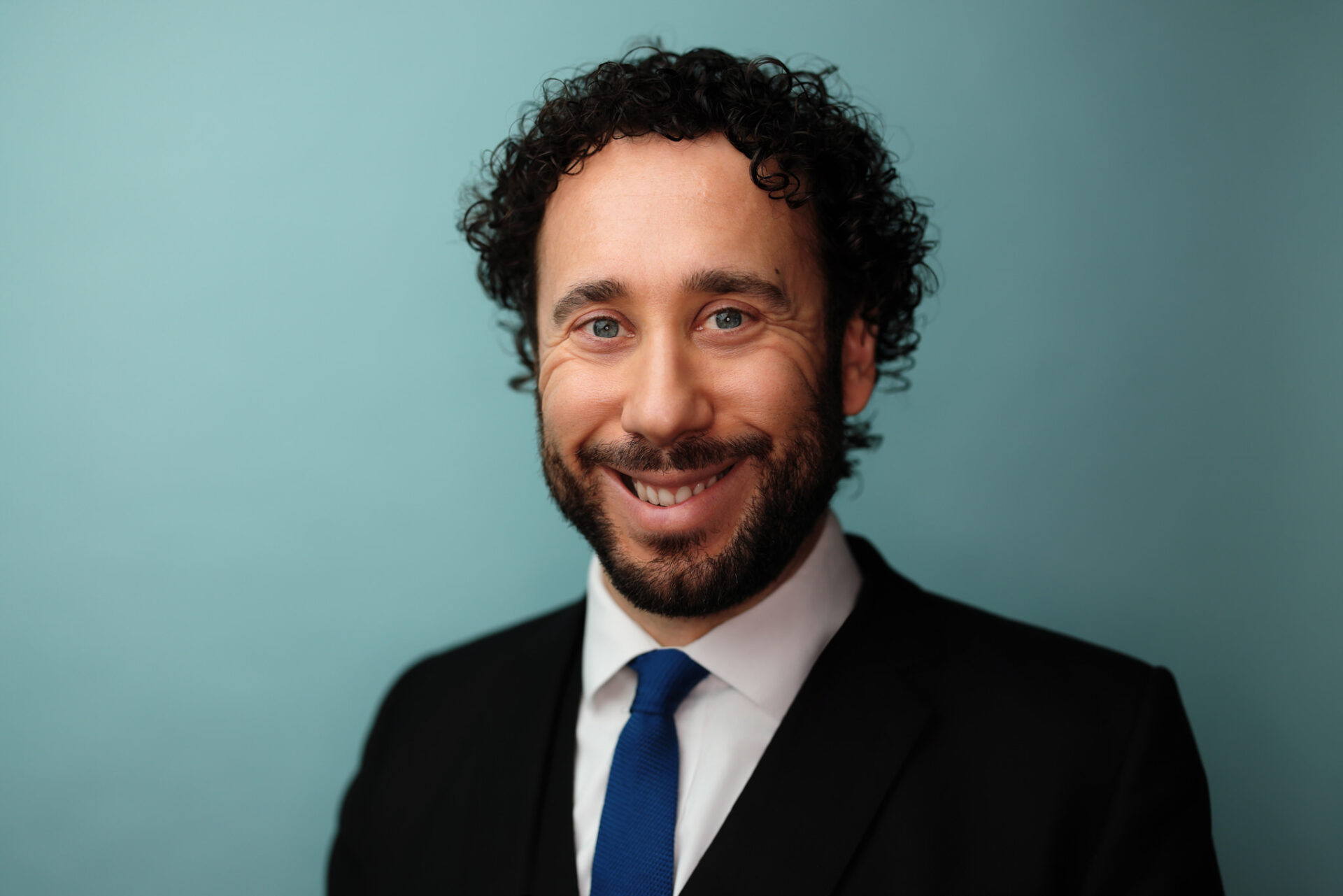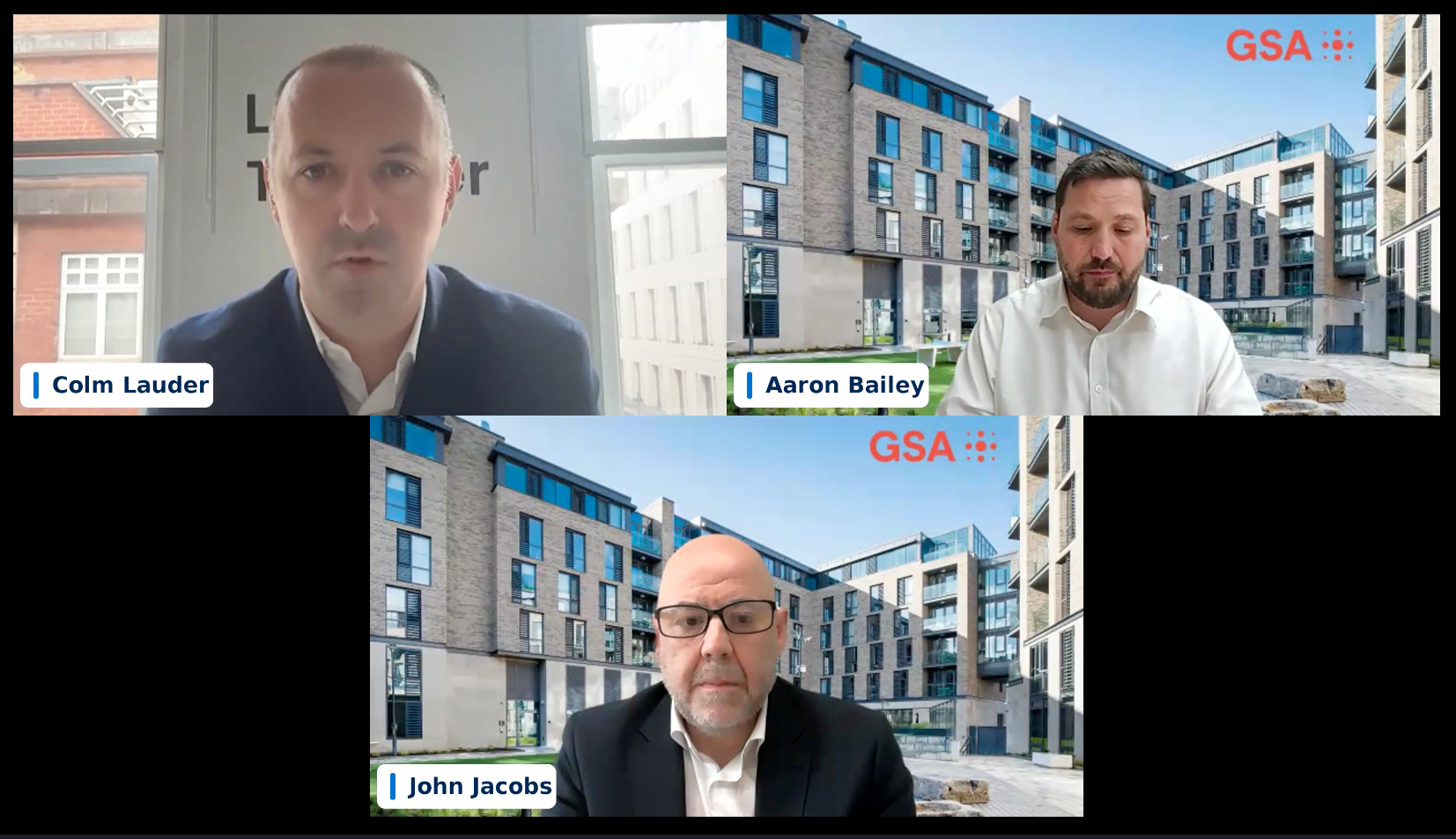The classic definition of core real estate means a high-quality asset in a good location with solid tenants. Yields are low but stable and income is far from risky – indeed core assets were valued for their resilience during economic downturns.
Prime office, retail and industrial assets still fit this definition, but many secondary offices struggling with changing working practices, high street shops no longer fit for purpose or obsolete industrials, do not.
In contrast, the alternative real estate sectors – traditionally the domain of private equity funds and opportunistic plays – do increasingly fit the criteria of core.
It’s a long running trend but one that was energised after the last downturn, as sectors such as residential and student were seized upon for their structural demand drivers and opportunity in terms of underdevelopment. If you look at the size of the professional UK BTR market compared to the overall number of renters – and compared to the market saturation seen in other countries – it’s easy to see why there is such pent-up demand.
What will happen?
As the “traditional” markets undergo their state of flux more investors will look to where they can find more structurally supported returns. The difficulty will be in making these “institutionally” stable, but it is here all the work making alternatives more transparent and palatable will come to the fore.
Watch for the growth of sectors enabled by acceptance of operational models and a changing investor perception about non-passive real estate assets, where “getting your hands dirty” can both yield better returns and be seen as lower risk.
Now there are a host of alternative real estate investment types: from health and retirement to co-living and BTR to data centres and cold storage. Some are more mature than others, but all of them are making the transition towards core as they look for new investment.
This is being enabled by more sophisticated and transparent operational structures which can iron out some of the less predictable aspects of the alternative sectors and help to ensure income streams are stable.
From the management perspective it means growing sophistication in the day to day running of assets but also the services and technology that supports that.
Amongst investors meanwhile there is growing familiarity with the different operational structures with which to run investments and their operators, which can change levels of risk, exposure and reward.
All of this management and operational component is covered in great detail in the Macfarlanes Operational Real Estate Report.



